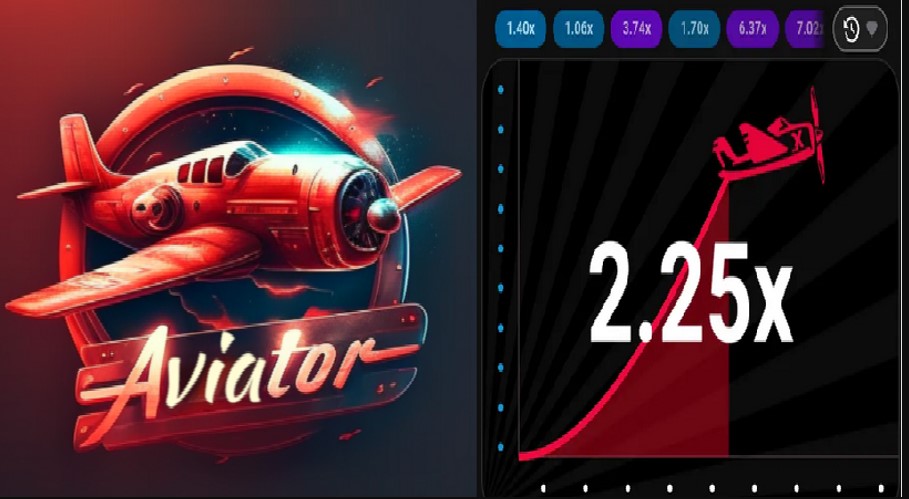Indian casino jackpots have gained immense popularity due to their potential for life-changing wins and the excitement they generate. Factors such as large prize pools, frequent promotions, and the allure of high stakes contribute to their appeal. Understanding these elements helps players appreciate why jackpots are a major draw in the Indian casino landscape.
Historical Context and Evolution
The history of Indian casinos in the United States dates back to the late 20th century, with the Indian Gaming Regulatory Act (IGRA) of 1988 playing a pivotal role in their development. This legislation allowed Native American tribes to establish casinos on their lands, creating a new landscape for gambling in the U.S. Over the years, Indian casinos have grown in prominence, offering a range of gaming options that include slot machines, table games, and, notably, lucrative jackpots. The evolution of these jackpots has mirrored the growth of the casino industry, with increasingly sophisticated and attractive jackpot systems designed to draw players and enhance the gaming experience.
As Indian casinos expanded, so did their jackpot offerings. Initially, jackpots were relatively modest, but as competition increased and technology advanced, the size and complexity of jackpots grew. Progressive jackpots, which accumulate over time and can reach impressive sums, became a significant feature of Indian casinos. This evolution not only reflects the casinos’ commitment to providing enticing rewards but also underscores their role in driving the broader appeal of gambling in Native American communities.
Cultural Appeal and Unique Themes
Indian casinos have leveraged culturally themed jackpots to create a distinct and engaging gaming experience that resonates deeply with players. These themes often reflect the rich heritage and traditions of Native American tribes, adding a layer of cultural significance to the gaming experience. By integrating culturally relevant elements into their jackpot games, these casinos not only honor their heritage but also attract players who are drawn to the unique and immersive aspects of these themes.
Popular Themes in Indian Casino Jackpots:
- Native American Legends: Games featuring stories and symbols from tribal myths and folklore, such as totem poles and spirit animals.
- Traditional Art and Symbols: Jackpots that incorporate traditional tribal artwork, symbols, and patterns, enhancing the cultural connection.
- Ceremonial and Ritualistic Themes: Games inspired by Native American ceremonies and rituals, offering a deeper cultural experience.
These culturally themed jackpots are designed to offer more than just financial rewards; they provide an opportunity for players to connect with and appreciate Native American culture. By incorporating elements that reflect the traditions and stories of the tribes, Indian casinos create a unique and meaningful gaming experience that stands out in the crowded casino market.
Progressive Jackpot Systems
Progressive jackpot systems are a defining feature of many Indian casinos, offering players the chance to win life-changing sums of money. These jackpots start at a base amount and increase over time as players make bets on connected machines or games. Each wager contributes a small portion to the growing jackpot pool, which can lead to enormous payouts. This system creates a sense of excitement and anticipation, as the jackpot continues to climb until it is won, often generating considerable interest and attracting more players to the casino.
The appeal of progressive jackpots lies in their potential for large, transformative wins, which can significantly enhance the overall gaming experience. Indian casinos have been innovative in their implementation of these systems, often integrating advanced technology to ensure seamless operation and management. The allure of potentially winning a massive jackpot serves as a powerful draw, keeping players engaged and eager to try their luck, while also boosting the casino’s visibility and reputation within the competitive gaming market.
High Payout Rates and Large Prizes
Indian casinos are renowned for their attractive payout rates and substantial jackpot prizes, which play a significant role in their popularity. These casinos often offer higher payout percentages compared to other gaming establishments, reflecting their commitment to providing favorable odds and rewarding experiences for players. This focus on high payout rates is designed to enhance player satisfaction and encourage repeat visits.
Factors Contributing to High Payout Rates:
- Competitive Advantage: Indian casinos use higher payout rates as a competitive strategy to differentiate themselves from other casinos and attract more players.
- Tribal Gaming Revenue Models: Many tribes use gaming revenue to support community projects and services, which can influence the allocation of funds toward more generous payouts.
- Player Retention: High payout rates help in retaining players by providing a more rewarding gaming experience, which can lead to increased loyalty and longer visits.
The allure of large prizes is another critical factor driving the popularity of Indian casino jackpots. Massive jackpots can reach impressive sums, often in the millions of dollars, creating significant excitement and anticipation among players. This potential for substantial financial gain makes Indian casinos particularly appealing to those seeking big wins, adding a layer of thrill and allure to the gaming experience. The combination of high payout rates and large prizes positions Indian casinos as key players in the broader casino industry, attracting a diverse range of gamers looking for both excitement and significant rewards.
Exclusive Games and Proprietary Software
Indian casinos often distinguish themselves by offering exclusive games and proprietary software that feature unique jackpot opportunities. These exclusive offerings are developed in partnership with specialized game developers or created in-house, providing a distinctive gaming experience that cannot be found at other casinos. The use of proprietary software allows these casinos to tailor their gaming experiences to reflect their brand identity and cultural themes, further enhancing their appeal.
| Casino Name | Exclusive Games | Proprietary Software Features |
| Pechanga Resort Casino | “Buffalo Gold Revolution” and “Dragon Link” | Custom game designs and unique bonus structures |
| San Manuel Casino | “Lightning Link” and “Dancing Drums” | In-house developed slot mechanics and features |
| Mohegan Sun | “Wheel of Fortune” and “Jackpot Party” | Advanced graphics and special jackpot mechanics |
Exclusive Games at Indian Casinos:
- Pechanga Resort Casino: Features exclusive games such as “Buffalo Gold Revolution” and “Dragon Link,” which are popular for their engaging gameplay and unique jackpot systems.
- San Manuel Casino: Offers games like “Lightning Link” and “Dancing Drums,” known for their distinctive bonus features and immersive experiences.
- Mohegan Sun: Includes “Wheel of Fortune” and “Jackpot Party,” which are tailored to provide exclusive jackpot opportunities and enhanced player engagement.
Proprietary Software Features:
- Custom Game Designs: Indian casinos often develop proprietary software that includes custom game designs, which can feature unique graphics, sound effects, and bonus rounds.
- Special Jackpot Mechanics: These casinos implement special jackpot mechanics that are exclusive to their games, offering players a unique and potentially more rewarding gaming experience.
- Enhanced Player Experience: By using proprietary software, Indian casinos can create a more tailored and engaging experience, aligning the games with the casino’s overall brand and thematic elements.
This focus on exclusive games and proprietary software helps Indian casinos create a distinctive atmosphere and attract players who are seeking unique and memorable gaming experiences. The integration of these elements not only enhances the appeal of the jackpots but also reinforces the casino’s position as a leader in innovative and culturally rich gaming offerings.




